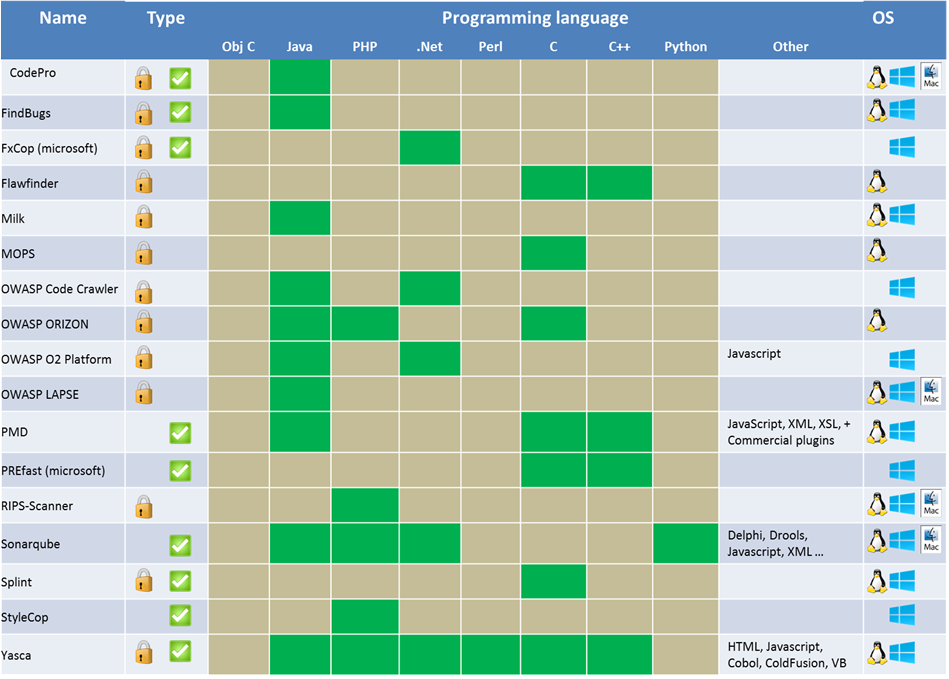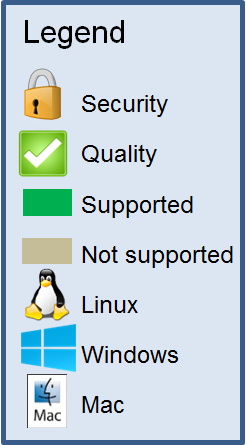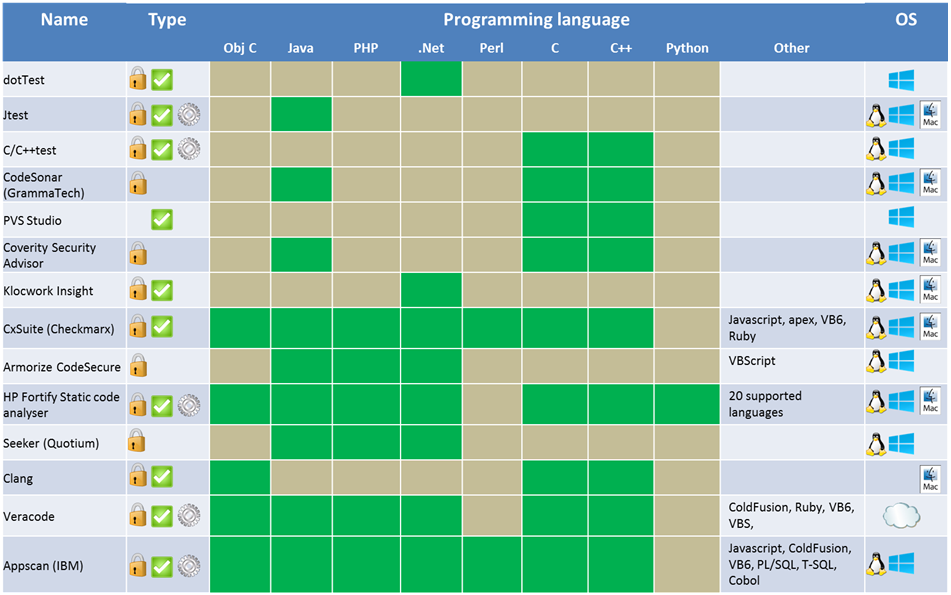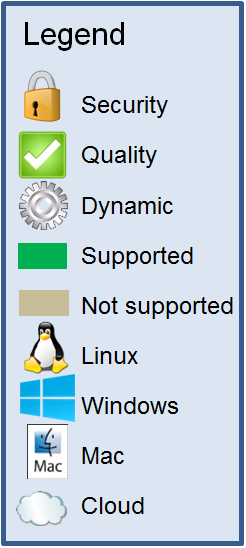This site is the archived OWASP Foundation Wiki and is no longer accepting Account Requests.
To view the new OWASP Foundation website, please visit https://owasp.org
Difference between revisions of "CRV2 ManualReviewProsCons"
Zyad MGHAZLI (talk | contribs) (→Commerical static analysis tools) |
Zyad MGHAZLI (talk | contribs) (→Commerical static analysis tools: Minor update to correct a typo.) |
||
| Line 40: | Line 40: | ||
[[File:legendstatic.png]] | [[File:legendstatic.png]] | ||
| − | [[File: | + | [[File:Owasp_Benchmark_Static_analysis_tools_1.1.pptx]] |
Latest revision as of 09:23, 3 September 2015
Manual Review - Pros and Cons
Manual review is sited when a risk based approach to the code review is required. Risk based code review works by.
1. Identification of the trust boundaries in the code. 2. Identification of data paths and storage classes. 3. Identification of authorisation components. 4. Identification of authentication components. 5. Review of input validation and encoding methods. 6. Review of logging components.
Manual review is good for :
Data leakage detection Resource usage/exhaustion detection Business Logic review* Denial of service Deep Dive review
Not so good for: Business Logic review* Level of coverage
Choosing a static analysis tool
Choosing a static analysis tool is a difficult task since there are a lot of choices. The comparison charts below should help you decide which tool is right for you. This list is not exhaustive. The first thing to do is to look to for a tool that supports the programming language of your choice. You also have to decide whether you want a commercial tool or a free one. Usually the commercial tools have more features and are more reliable than the free ones. The major commercial tools are equally effective but their usability might differ. Next, there is the type of analysis you are looking for: Security or Quality, Static or Dynamic analysis. You should also check the compatibility of the tool with your programming environment. This was the easy part to narrow the choice down to a few tools. The next step requires you to do some work since it is quite subjective. The best thing to do is to test a few tools to see if you are satisfied with different aspects such as the user experience, the reporting of vulnerabilities, the level of false positives, the customization, the customer support… The choice should not be based on the number of features, but on the features that you need and how they could be integrated in your SDLC. Also, before choosing the tool, the security expertise of the targeted users should be clearly evaluated in order to choose an appropriate tool.



